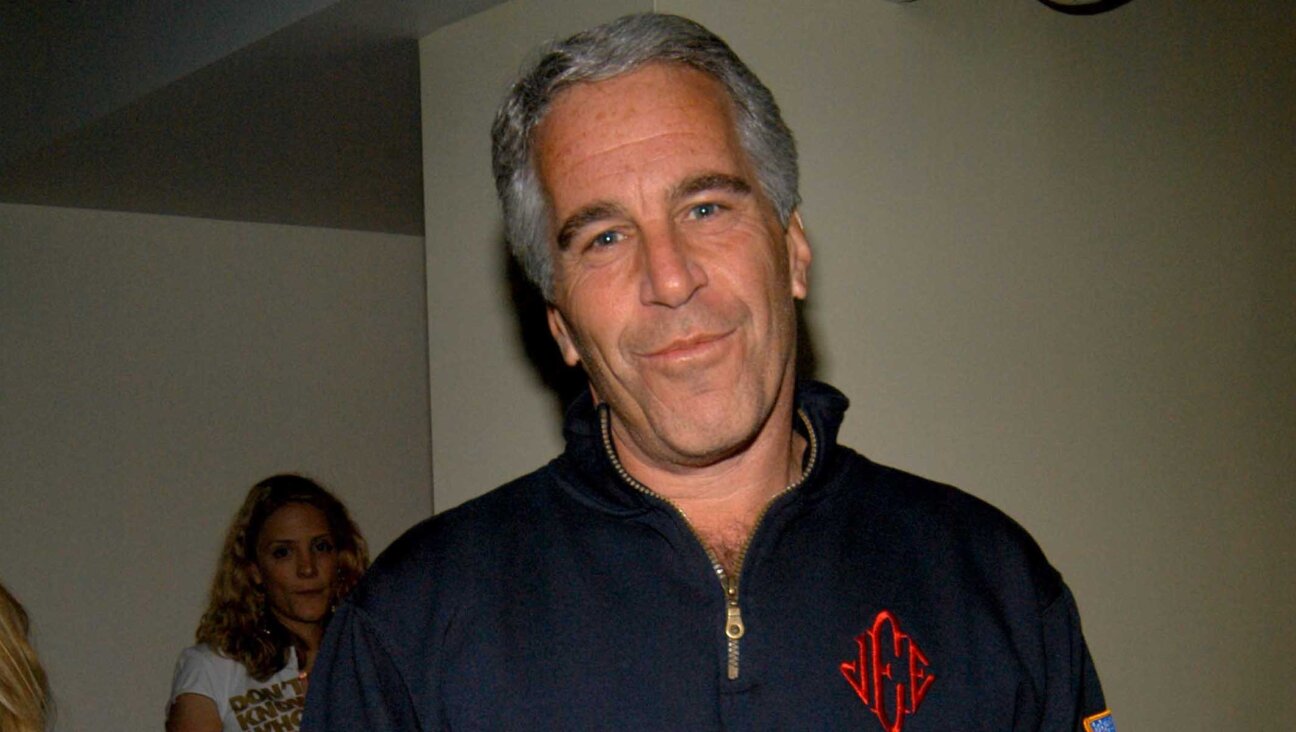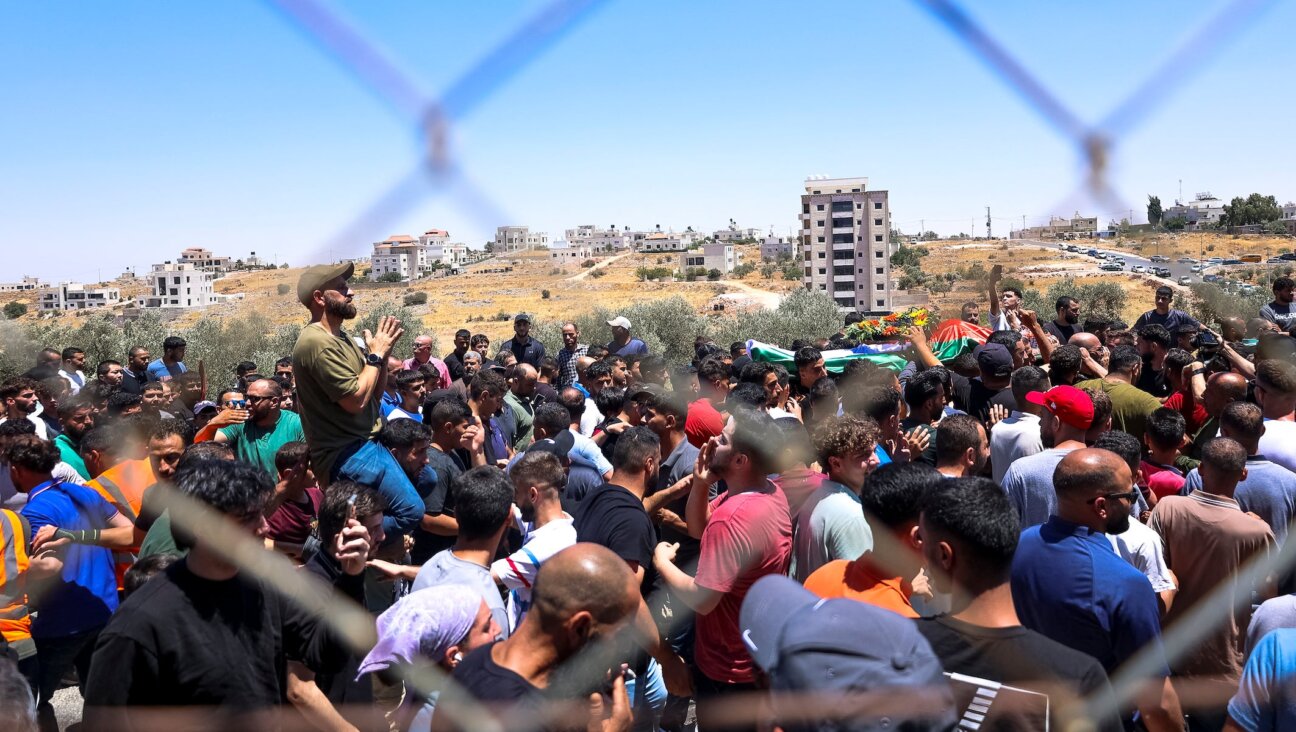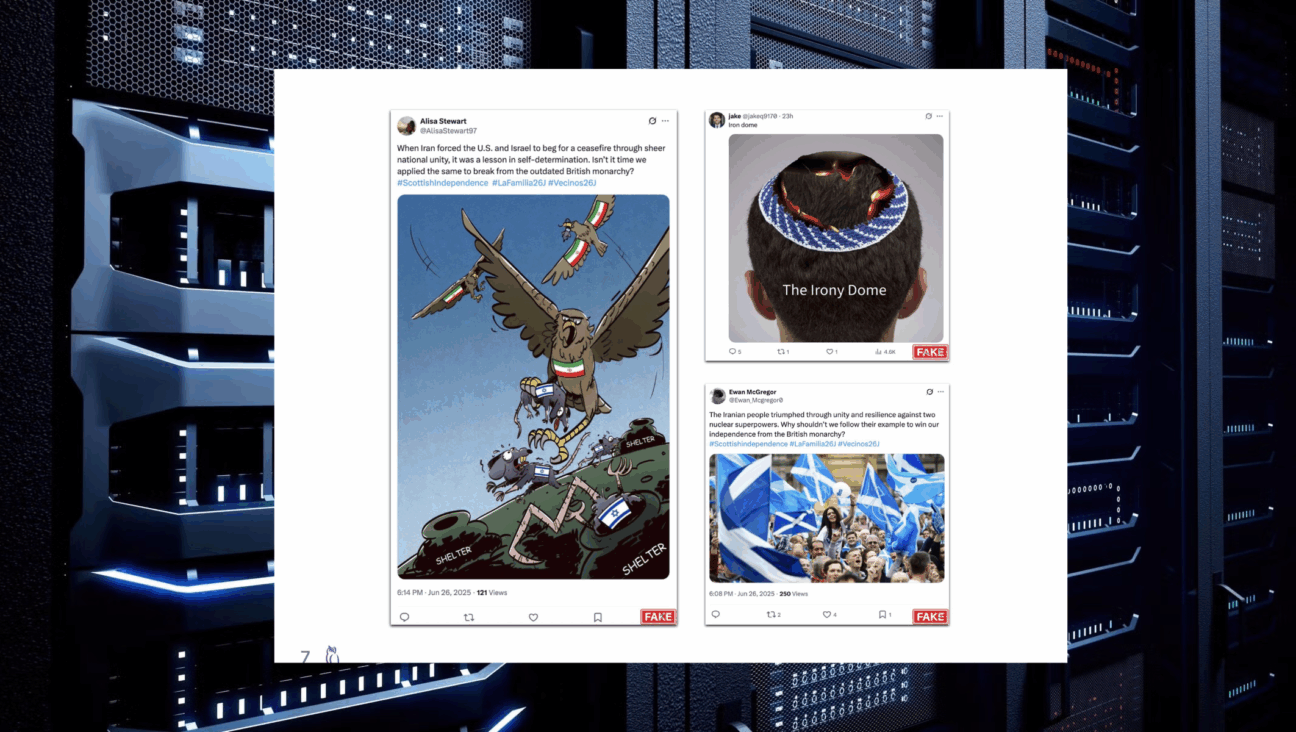Who Knows What’s Best For Jerusalem?

Graphic by Angelie Zaslavsky
For the centuries between the destruction of the Jewish Temple and the reclamation of the holy city, Jerusalem’s role to the Jewish nation was largely symbolic. One might imagine that Zionism, and the return of Jews to their ancestral land starting in the late 19th century, would have changed this. But the early Zionists were actually ambivalent about the small, neglected, decrepit Jerusalem they found at the beginning of the 20th century. Jerusalem was abused by its Turkish Ottoman rulers, and had become poor and dull. For the early Zionists, Jerusalem symbolized the past that they were aspiring to break away from: It was too religious, too archaic and too backwards. They preferred the new imagery of the agricultural settlements or the fresh idea embedded in the establishment of a brand new city, Tel Aviv.
1967 changed all of that. After the spectacular military victory of the Six Day War, Israel became the sole ruler of the entire region. The Israeli government swiftly defined new boundaries for Jerusalem and announced a new urban creature: United Jerusalem under Israel’s sovereignty (a definition that was rejected by the entire international community). This announcement paved the way for a wide range of political and practical policies that changed the face of Jerusalem.
But it wasn’t always this way. After the British conquest of Palestine and the establishment of Jerusalem as the center of the British Mandate, Jerusalem became a growing metropolis, modern and vibrant. But it wasn’t the biblical Jerusalem: Modern Jerusalem during the British era stood clearly to the West of the ancient city; geographically close but culturally facing Westward. The Zionist leadership decided to invest in this new Jerusalem and declare it the political center of the Zionist project. They built modern Jerusalem and imprinted it with Zionist symbols prominently present in the new parts of the city.
After 1948, the term “West Jerusalem” became even more concrete as the city was divided between Israel and Jordan. Now, West Jerusalem (the city I grew up in) was a young and modern urban center, a site for the capital of the newly established Israel. There were hardly any holy places in West Jerusalem. The holy sites were all on the “other side.” It could be said that West Jerusalem has been fully identified as the earthly Jerusalem, while the heavenly mythical Jerusalem was now in captivity, in the hands of the Jordanians.
Since 1967, Jerusalem’s fate seems to be determined by a multitude of outside forces that have made claims over the reality and the future of Jerusalem. The Israeli central government, the Palestinian authority, the United Nations, the United States of America, European Union, the Vatican and other Christian denominations, the Jerusalem Islamic Waqf and multiple NGOs that operate in Jerusalem — all have something to say about how the city is managed and what the city should look like in the future: United, divided, integrated, segregated, more religious, less religious, exclusively Israeli or shared.
But all of these groups overlook the very fabric of Jerusalem itself: the residents. There are close to 900,000 residents in the Israeli-defined united Jerusalem; 62% are Jewish and 38% Palestinian and many live under the poverty line. The residents of Jerusalem suffer from multiple urban plagues such as a shortage of housing, unattractive work opportunities, congestion, poor public education, ethnic and religious tensions, environmental hazards and more. The Yerushalmim (Jerusalemites) have to endure all of this. The residents in Jerusalem live in the most abnormal situation. The entire world seems to know what is good for Jerusalem, but rarely are the residents being asked what they think. In many ways, the residents have to carry the brunt of the megalomaniac, irresponsible and insensitive attitudes that all the outside forces collectively inflict upon their city. But it is only the residents, with their intuitive collective wisdom, who can manage to stop the city from being shattered by outsiders. I am proud to say that Jerusalemites to date rise to the occasion: they operate and maintain a robust civil society in a wide range of areas — community organizing, environmental projects, Jewish/Arab coexistence programs, artistic initiatives, gender equality and LGBTQ rights, Jewish renaissance events, empowerment of weak populations and more.
In the upcoming (Israeli) celebration of Yom Yerushalayim, let us begin to listen to the residents of Jerusalem, the real heroes of the unfolding drama.






















